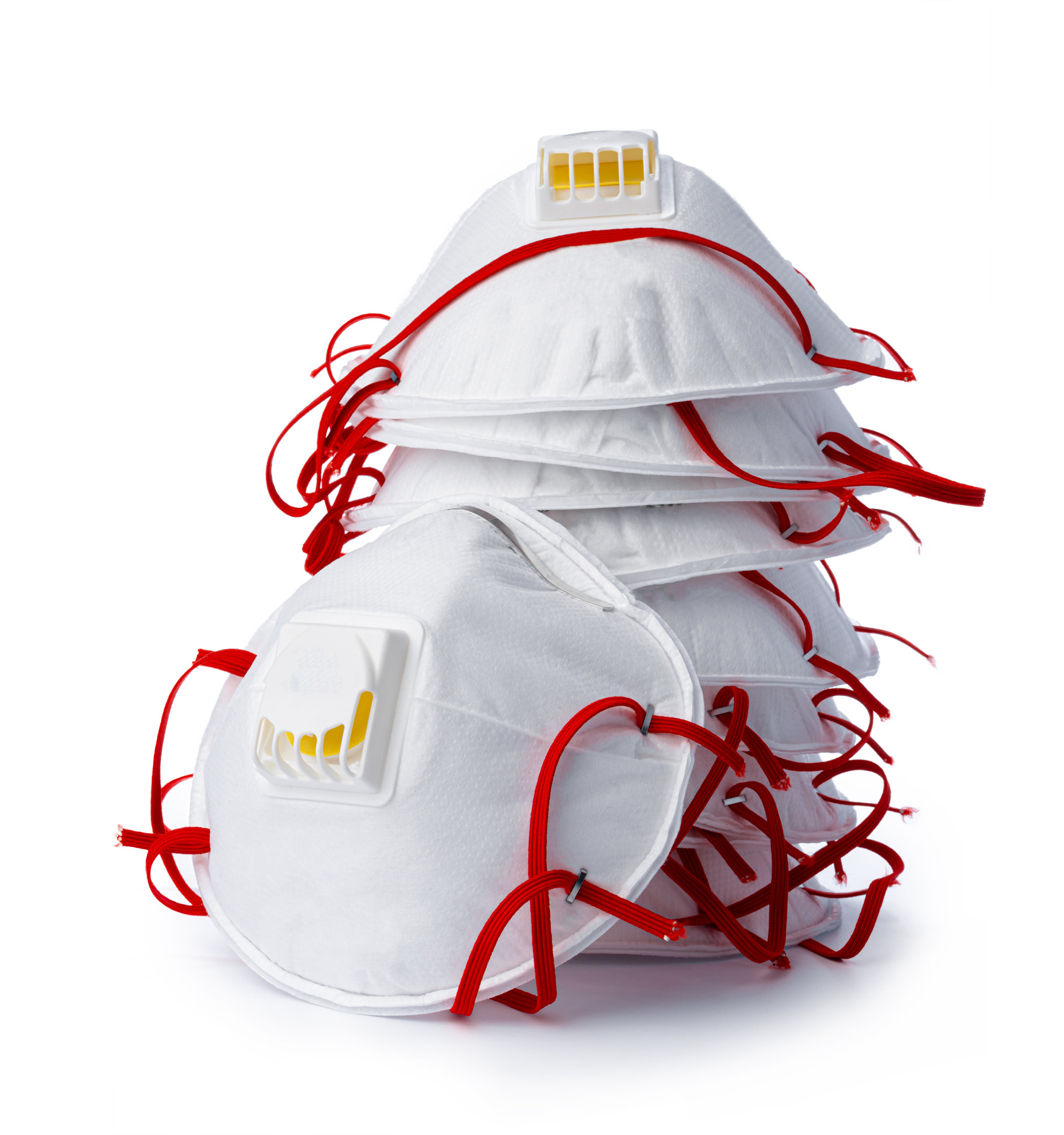SafeWork SA has published new information and guidance on Respiratory Protective Equipment (RPE).
Recent compliance program audits relating to crystalline silica and licensed asbestos removal has highlighted the need for greater education and understanding on the correct selection and use of RPE as a control measure in managing the risk of occupational exposure.
SafeWork SA has issued 162 statutory notices associated with RPE in the past 3 years. Of these, 78% of prohibition notices and 48% of improvement notices were issued to the construction industry. Many of these notices were issued for the incorrect selection of RPE providing inadequate protection for the wearer, poor fit or failure to train wearers in the use of RPE when working with hazardous substances such as asbestos and silica dust. These substances can cause serious health conditions if breathed in by a worker.
SafeWork SA Executive Director, Martyn Campbell said “selecting the incorrect RPE for the task or RPE that does not fit correctly is ineffective and may give the wearer a false sense of protection. For many workers, the incorrect use of RPE is putting their health at risk.
RPE should be used to manage residual risks of exposure after all other reasonably practicable control measures have been implemented.
Our aim is that by providing guidance on RPE, we will provide clarity on expectations under the WHS Act”.
SafeWork SA's new guidance information on RPE covers:

- identifying a hazardous substance and the form it takes (liquid, gas)
- identifying the most appropriate RPE for the type of hazardous substance
- using RPE to minimise risk of exposure to a hazardous substance
- using RPE as a control measure
- training in the correct use and maintenance of RPE
- fit testing and fit-checking of tight-fitting RPE
- monitoring the health of a worker who is required to use RPE
- inspecting, maintaining, repairing and storage of RPE
- recordkeeping.




